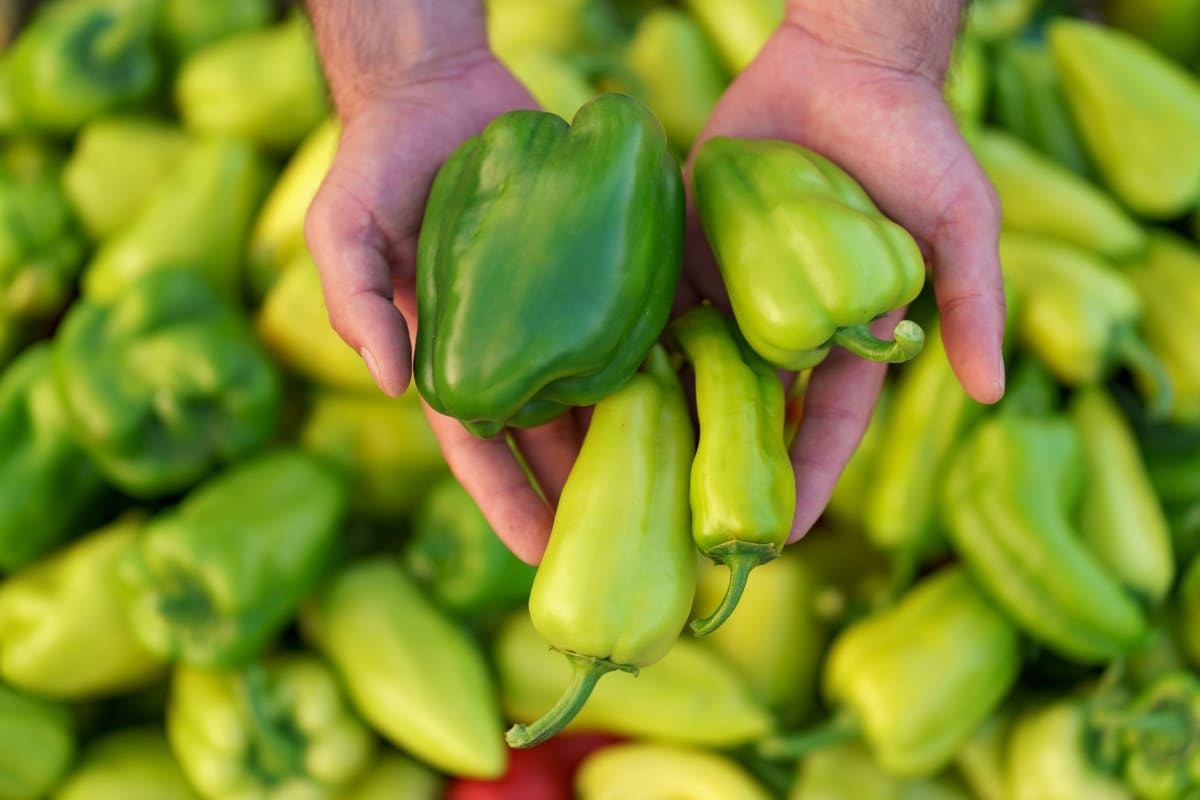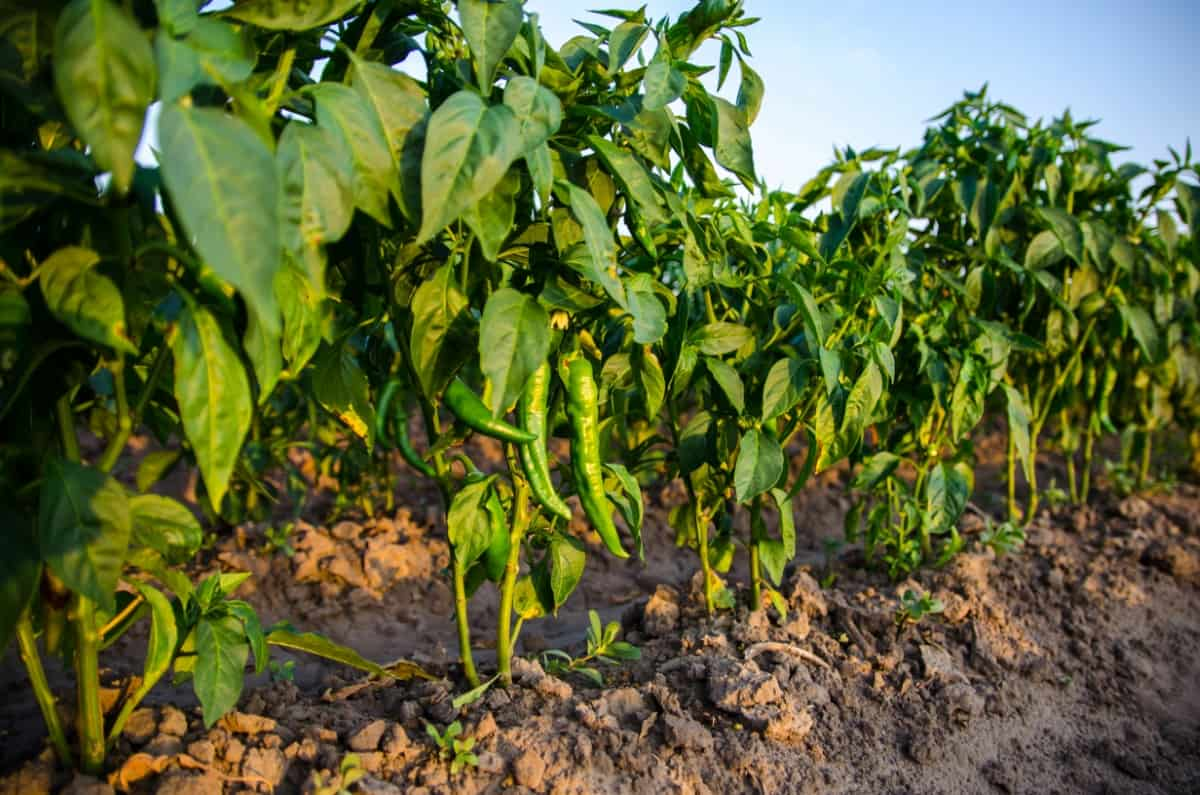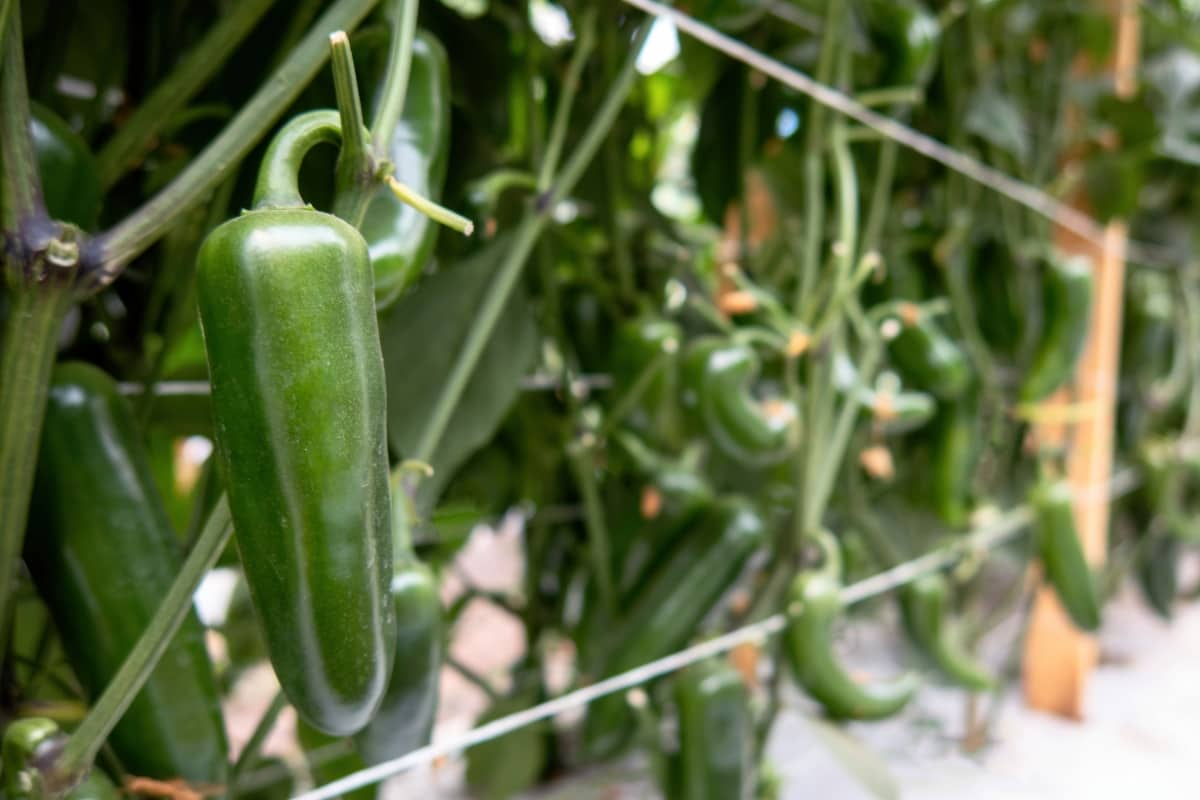In the verdant landscapes of Florida, pepper gardening thrives, answering questions such as “Can you grow hot peppers in Florida?” or “Can you grow bell peppers in the summer in Florida?” emphatically with a “Yes!” But like all gardening endeavors, the success of planting and harvesting peppers in the Sunshine State depends greatly on timing and method.

For those pondering, “Can you grow peppers year-round in Florida?” or inquiring about the “Best peppers to grow in Florida”, this article sheds light on when to plant bell peppers in South Florida, the timelines for jalapenos, and the cultivation techniques for various other pepper types. Dive deep into the world of peppers and unearth the secrets to mastering their growth in the diverse Floridian climate.
Growing Peppers in Florida
Understanding the Optimal Planting Time for Bell Peppers in Florida
Bell peppers, with their crunchy texture and vibrant colors, are a beloved choice among Florida gardeners. Understanding the optimal planting time for bell peppers is crucial for those residing in the region. Typically, the months between August and September or February and March are considered prime for seeding bell peppers. These periods precede the cooler months, allowing the peppers ample time to mature and be harvested before the colder spells. Adhering to these timeframes ensures a robust yield and peppers bursting with flavor.
A Comprehensive Guide to Growing Hot Peppers in Florida: Planting Tips and Timelines
Hot peppers, native to tropical regions, are right at home in Florida. So, can you grow hot peppers in Florida? Absolutely! The region also boasts native Florida hot peppers adapted to the climate. Generally, hot peppers follow a similar timeline to bell peppers; however, they can be slightly more tolerant to fluctuating temperatures. Planting hot peppers between August and September or February and March provides them with the ideal environment for growth. This timeline offers them sufficient warmth without being too intense, ensuring a fiery and flavorful outcome.
The Best Practices for Cultivating Banana Peppers in Florida: Planting Season and Techniques
Banana peppers, with their mild heat and delightful tang, have become increasingly popular in Floridian gardens. When considering the best practices for their cultivation, it’s important to acknowledge that these peppers prefer warmth. Planting them post-frost, usually in late February to early March, is advised. As summer in Florida can be intense, providing banana peppers with partial shade and maintaining consistent soil moisture is crucial. These measures protect the plants and result in peppers with a delectable crunch and zest.
In case you missed it: Easy and Best Container Plants for Florida: For Winter, Shade, and Full Sun (Summer)

Jalapenos in Florida: When and How to Plant for Optimal Growth
The piquant flavor of jalapenos adds a kick to numerous dishes. When to plant jalapenos in Florida? These peppers prefer the balmy days of early spring or late summer. Planting them in February and March or August and September is most opportune. It’s essential to offer them well-draining soil and consistent watering. Additionally, while jalapenos are fairly resilient, keeping an eye out for common pests and diseases will ensure a healthy yield with that trademark spicy punch.
Exploring the Ideal Planting Schedule for Bell Peppers in Florida’s Climate
Florida’s climate, characterized by hot summers and mild winters, poses unique challenges and opportunities for bell pepper cultivation. As mentioned earlier, the ideal planting schedule spans the cusp of cooler months. Specifically, bell peppers in South Florida can be planted a bit earlier due to its warmer climate. Thus, when to plant bell peppers in South Florida? The best timeframe would be between late January and February or late August and early September. This schedule allows the peppers to flourish without the hindrance of extreme temperatures.
Growing Hot Peppers in Florida: Timing and Methods for Successful Cultivation
Timing is crucial for the successful cultivation of hot peppers in Florida. Planting them during periods when temperatures are not at their peak – that is, February to March and August to September – is ideal. Methods for successful cultivation also involve ensuring well-drained soil, consistent watering without waterlogging, and protection from pests like aphids. It’s worth noting that while hot peppers love the heat, they don’t fare well in the extreme temperatures of peak summer. Providing them with afternoon shade can make a difference in their growth and yield.
Mastering the Art of Growing Banana Peppers in Florida: Planting Guidelines and Recommendations
To master the art of growing banana peppers in Florida, one must focus on the nuances of their care. These peppers thrive when planted post the last frost, ideally in February or March. Consistently watering to keep the soil damp but not overly wet is essential. Since banana peppers are sun-loving plants, a spot that receives ample sunlight and a bit of afternoon shade during the scorching summer months is ideal. With these guidelines and recommendations, one can look forward to a bountiful harvest of crisp, tangy banana peppers.
In case you missed it: Easiest and Best Fruit Trees to Grow in Florida: A Fruit Planting Guide for Florida Climate

Jalapeno Cultivation in Florida: Key Considerations for Planting and Harvesting
The most opportune times for planting jalapenos are in the early springs of February and March or the late summers of August and September. During these periods, the temperatures are conducive, neither cold nor scorching, allowing jalapenos to thrive. Choosing a location with well-draining soil is essential, as jalapenos detest waterlogged conditions.
Consistent watering, avoiding over-saturation, and a watchful eye for pests like aphids and caterpillars can pave the way for a bountiful harvest. Once the peppers attain a firm texture and a bright green hue, it’s time for harvesting. However, for those who prefer a spicier kick, allowing the jalapenos to mature longer, turning them red, can elevate their heat quotient.
Maximizing Pepper Yields in Florida: Understanding the Right Time to Plant Different Varieties
Bell peppers thrive when planted between August and September or February and March. Hot peppers, including native Florida varieties, revel in the same timeline but can tolerate slightly fluctuating temperatures. On the other hand, Banana peppers yearn for warmth, making post-frost months like late February to early March ideal for planting.
The state’s hot summers and mild winters create a window of opportunity, but the gardener’s understanding of each variety’s needs truly makes the difference. Ensuring well-drained soil, regular but not excessive watering, and protection from pests and diseases are common denominators for success across all pepper varieties.
Unlocking the Secrets of Successful Pepper Gardening in Florida: Planting Dates and Strategies
Given Florida’s predominantly warm climate, the periods between February and March or August and September emerge as ideal windows for most pepper varieties. But knowing the dates isn’t enough; the strategies employed during these times truly unlock success. Providing adequate spacing between plants ensures they aren’t competing for nutrients.
In case you missed it: Best Time to Plant Okra in Florida: Growing in Central, North, South, East, and West Region

Mulching can help retain soil moisture, especially during the hotter months, and deter weeds. Implementing a consistent watering routine, ensuring the soil is moist but not drenched, is paramount. And while Florida’s sun is a boon, a little afternoon shade can help peppers avoid extreme stress during the peak summer months.
Conclusion
Florida’s unique climate offers ample opportunities for pepper cultivation. Gardeners can ensure bountiful yields by aligning planting strategies with the state’s distinct weather patterns. Mastery in pepper gardening lies in understanding each variety’s needs and optimizing care accordingly.
- Feed Your Flock for Less: Top 10 Tips to Save on Chicken Feed
- Ultimate Guide to Ossabaw Island Hog: Breeding, Raising, Diet, and Care
- Hatching Answers: The Top 10 Reasons Your Chickens Aren’t Laying Eggs
- Eggs and Economics: Breaking Down the Cost of Raising Backyard Chickens
- Defend Your Greens: Proven Methods to Keep Iguanas Out of Your Garden
- Ultimate Guide to Cinnamon Queen Chicken: A Comprehensive Guide for Beginners
- Ultimate Guide to California Tan Chicken: Breeding, Raising, Diet, Egg-Production and Care
- Ultimate Guide to Marsh Daisy Chicken: Breeding, Raising, Diet, and Care
- 10 Types of Chicken Farming Businesses You Can Start for Profits